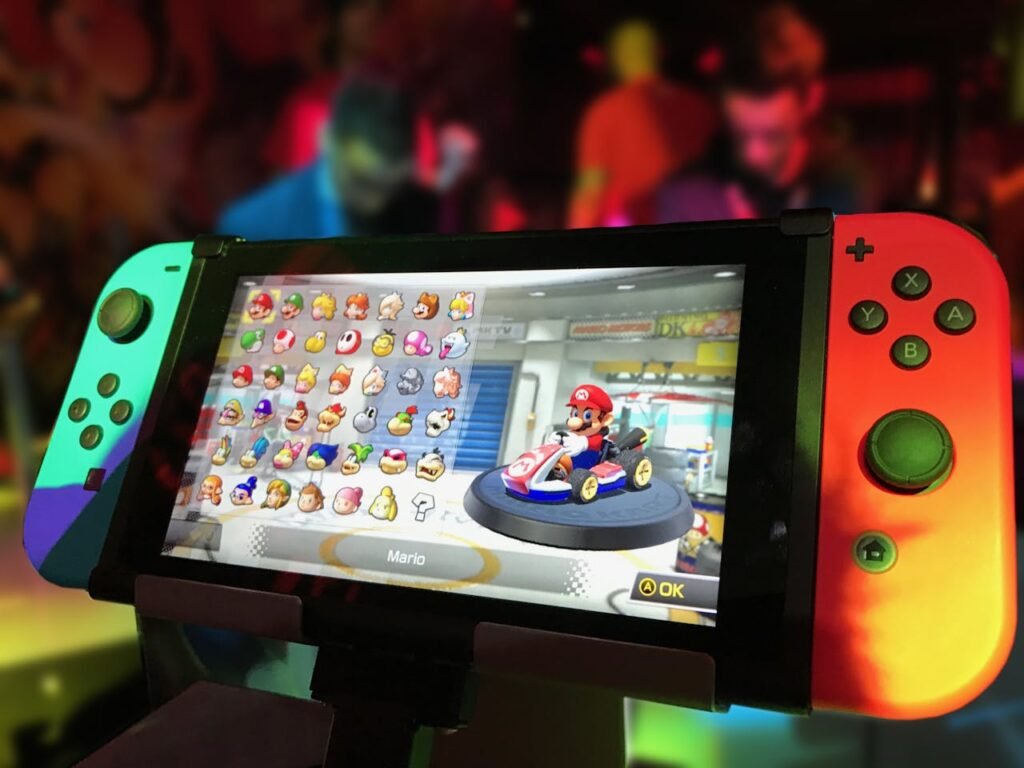
A computer is a machine that follows instructions. That’s the most important thing to remember. It doesn’t guess or decide on its own. If someone gives it a set of steps to follow, it will do them—step by step—very quickly and very carefully.
The word “computer” comes from the word “compute,” which means to count or figure things out. Long ago, people were called computers because they solved math problems. Later, machines took over that job.
But computers today don’t just count. They can play videos, write letters, show pictures, and even help drive cars.

Still, they only do what they are told. If there are no instructions, the computer just sits there.
A lamp or a fan turns on and off. But it can’t solve a problem or play music. That’s why those are not computers. A computer thinks in its own way, using electricity, memory, and logic.
It doesn’t need to be big or have a screen. Even tiny chips inside toys or washing machines are computers – if they follow instructions!